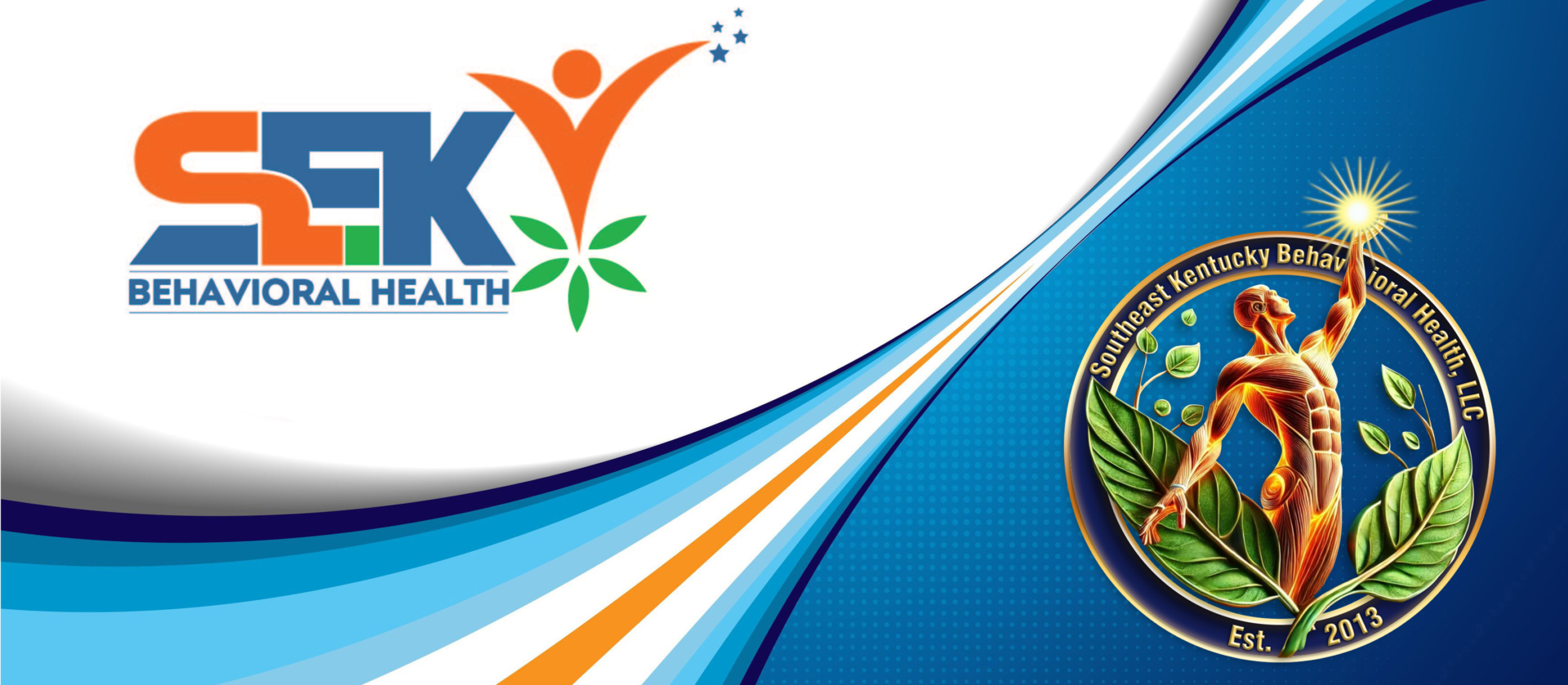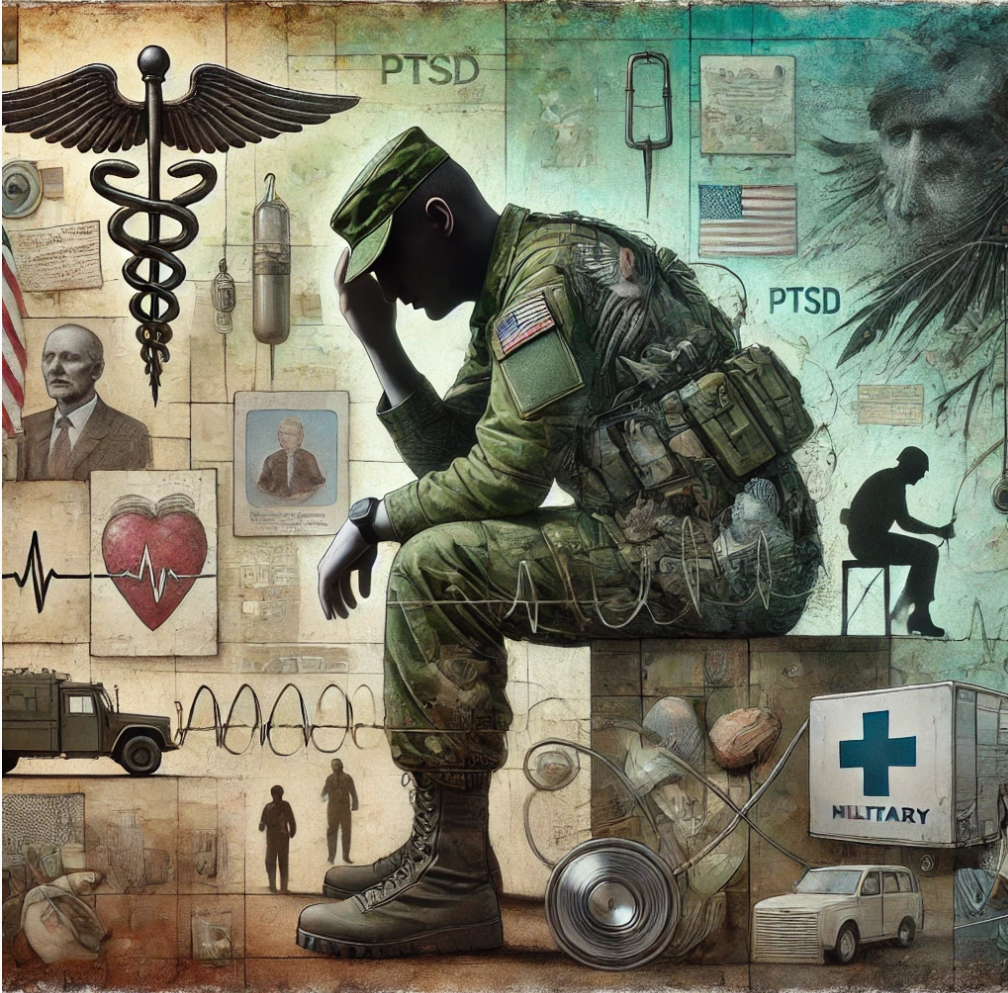Holiday Stress: Understanding Causes and Effective Coping Strategies

As the holiday season approaches, many people find themselves experiencing elevated levels of stress. Despite the season’s emphasis on joy and celebration, the holidays can bring unique stressors that impact mental well-being. From financial pressures and social obligations to family dynamics and the expectation of cheer, holiday stress is a prevalent issue. Understanding these sources of stress and adopting effective coping strategies can help individuals navigate the season with resilience.
Causes of Holiday Stress
- Financial Pressure
One of the primary sources of holiday stress is financial strain. A survey by the American Psychological Association (APA) found that money is a top stressor during the holidays, as individuals feel pressured to spend on gifts, decorations, and travel (APA, 2022). The National Retail Federation reports that the average American consumer spends over $1,000 on holiday expenses, which can lead to financial worry, especially for those on a tight budget (NRF, 2022). - Social and Family Obligations
Family gatherings and social events increase during the holiday season, and while these can be enjoyable, they also bring stress. Family dynamics, particularly in cases of estrangement or unresolved conflicts, can lead to tension and anxiety (Mayo Clinic, 2023). Additionally, individuals may feel pressured to attend numerous gatherings, which can become overwhelming and emotionally exhausting. - High Expectations and Pressure to Feel Happy
The holiday season is often portrayed in media as a time of happiness and perfection. This expectation can lead individuals to feel inadequate or stressed if their experiences do not align with these ideals (Kocovski et al., 2021). This pressure to appear cheerful and festive, even when one does not feel that way, can amplify feelings of isolation or sadness. - Disrupted Routines and Lack of Self-Care
The holiday season can disrupt normal routines, affecting sleep, diet, and exercise patterns. Research shows that routine disruptions can lead to emotional imbalance, which can exacerbate stress levels (Kühn et al., 2022). Many people also neglect self-care during this time, prioritizing holiday tasks over personal well-being.
Effective Coping Strategies for Holiday Stress
- Set Realistic Expectations
Adjusting expectations around the holidays can help reduce stress. Instead of striving for perfection, focus on enjoying moments as they come. Studies have shown that setting realistic, attainable goals for the holidays can improve overall well-being (Lyubomirsky & Layous, 2013). Consider scaling back holiday plans to avoid overextending yourself financially and emotionally. - Create a Budget and Stick to It
Developing a realistic budget for holiday expenses and adhering to it can alleviate financial stress. A 2020 study found that individuals who budgeted for the holidays reported significantly less financial anxiety than those who did not (Scholz et al., 2020). Planning gift purchases in advance and setting spending limits can prevent financial strain. - Practice Mindfulness and Relaxation Techniques
Mindfulness practices, such as meditation and deep breathing exercises, are effective ways to reduce stress. Research has shown that mindfulness can decrease holiday-related stress by improving emotional regulation and reducing rumination (Goldstein et al., 2021). Taking time to relax and focus on the present moment can foster resilience and help individuals cope with holiday pressures. - Prioritize Self-Care and Maintain Healthy Routines
Maintaining regular sleep, exercise, and diet routines can have a profound impact on managing holiday stress. A study from the American Psychological Association indicates that engaging in physical activity and prioritizing healthy sleep patterns help individuals better cope with seasonal stress (APA, 2022). Scheduling personal time for self-care activities, such as reading or walking, can help balance holiday obligations with personal needs. - Limit Social Media Use
Social media can exacerbate holiday stress by exposing individuals to idealized portrayals of others’ experiences. Limiting social media use can help reduce feelings of inadequacy and prevent comparison-based stress. A study found that reduced social media engagement over the holidays led to higher levels of self-esteem and decreased feelings of stress (Twenge et al., 2019).
Seeking Support

For those struggling with holiday stress, reaching out to friends, family, or a mental health professional can be beneficial. Studies show that social support can significantly reduce stress and improve mental well-being (Cohen & Wills, 1985). Talking openly about holiday-related stress with loved ones or seeking therapy can provide emotional relief and help develop coping skills.
Conclusion
The holiday season brings unique challenges, from financial strain to social pressures. However, by setting realistic expectations, practicing self-care, and employing mindfulness techniques, individuals can mitigate these stressors and enjoy a more peaceful holiday season. For those who continue to struggle, seeking support from friends, family, or mental health professionals can provide essential relief. Managing holiday stress effectively is key to fostering a healthier, happier season.

This article was written by John S. Collier, MSW, LCSW. Mr. Collier is a seasoned clinical social worker with over 25 years of experience, serving the London and Richmond, Kentucky areas through Southeast Kentucky Behavioral Health, LLC. Known for his compassionate approach and commitment to quality care, Mr. Collier supports individuals and families with a focus on mental health and well-being. He may be reached by phone at (606) 657–0532, extension 101, or by email at [email protected].
References
- American Psychological Association. (2022). Stress in America: Coping with holiday stress. APA.
- Cohen, S., & Wills, T. A. (1985). Stress, social support, and the buffering hypothesis. Psychological Bulletin, 98(2), 310–357.
- Goldstein, J., et al. (2021). Mindfulness interventions and stress reduction: The role of emotional regulation. Journal of Clinical Psychology, 77(5), 1093–1105.
- Kocovski, N. L., et al. (2021). Social pressure and the holiday effect: A study on societal expectations and holiday-related stress. Social Psychology Quarterly, 84(4), 325–338.
- Kühn, S., et al. (2022). Routine disruption and emotional imbalance: Implications for holiday-related stress. Emotion, 22(4), 675–683.
- Lyubomirsky, S., & Layous, K. (2013). How do simple positive activities increase well-being? Current Directions in Psychological Science, 22(1), 57–62.
- Mayo Clinic. (2023). Stress management: Handling holiday stress. Mayo Clinic.
- National Retail Federation. (2022). Holiday shopping trends and consumer spending. NRF.
- Scholz, J. K., et al. (2020). Financial planning and budgeting for seasonal expenses: Reducing anxiety and stress. Financial Counseling and Planning Journal, 31(2), 101–118.
- Twenge, J. M., et al. (2019). Social media use and holiday stress: The role of online comparisons in shaping holiday experiences. Cyberpsychology, Behavior, and Social Networking, 22(7), 427–433.
This article provides a comprehensive overview of the causes and coping strategies for holiday-related stress, offering readers evidence-based insights for a healthier holiday season.








